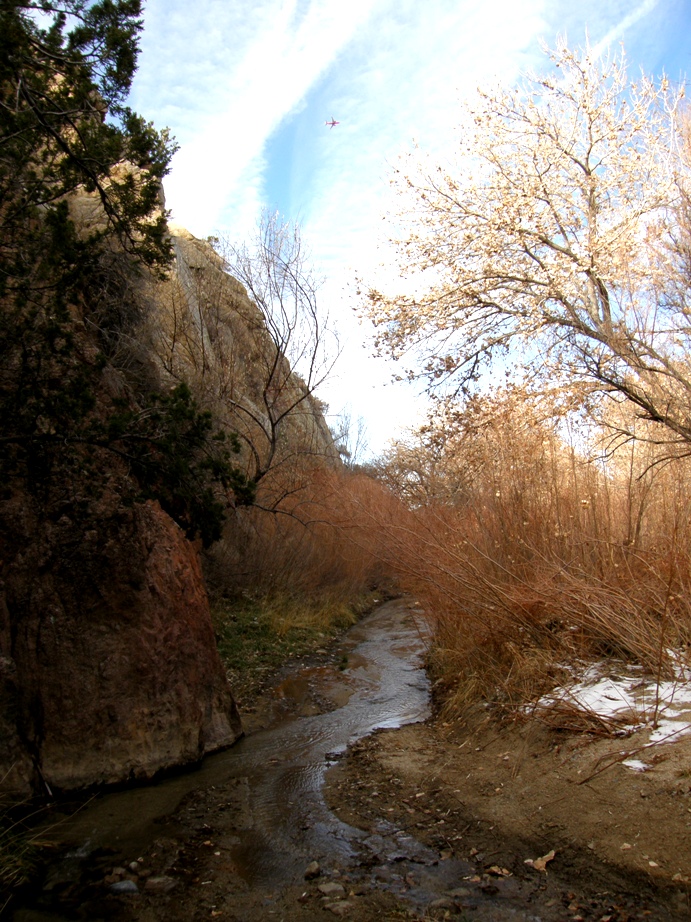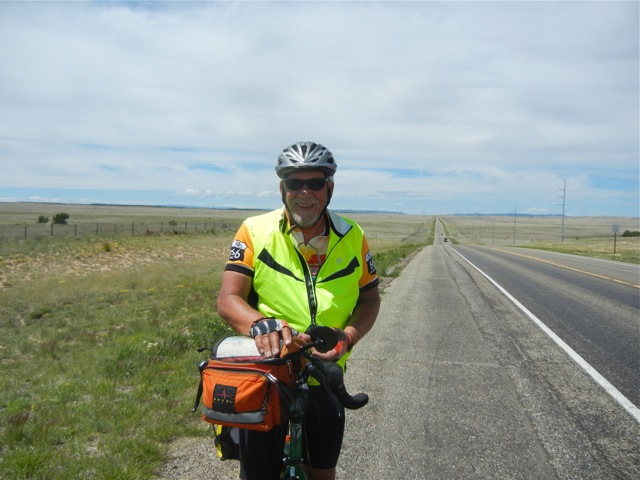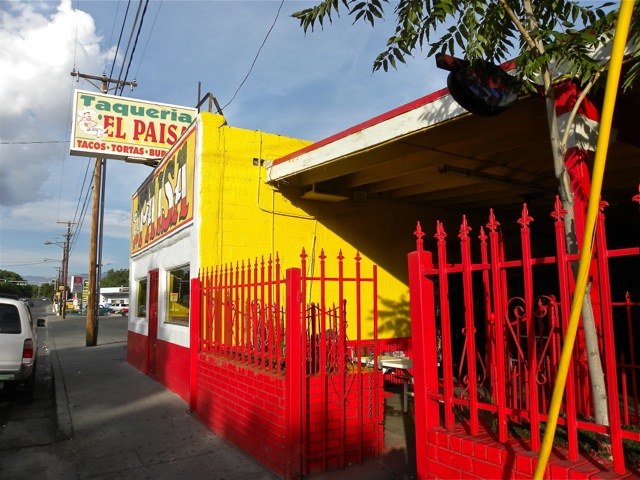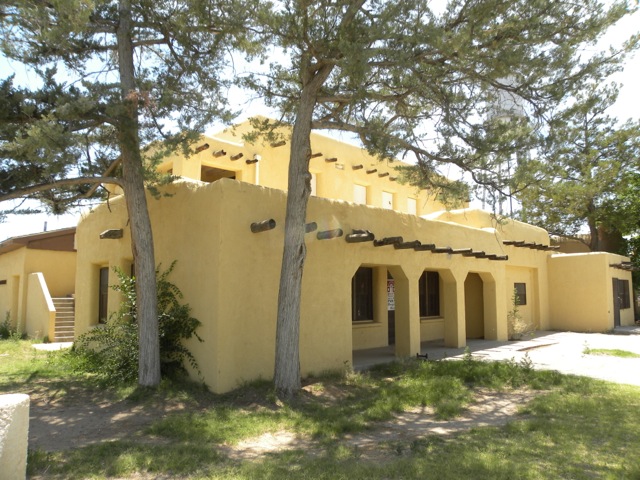ROUTE 66, ALBUQUERQUE—About two dozen of us took a tour of one of Albuquerque’s properties last weekend. Purchased in 2010, the Route 66 Open Space, as it is officially known, consists of 66 acres at the eastern edge of town as it enters Tijeras Canyon. Old Route 66 passes right by it to the north. On the south, it encompasses part of the Tijeras Arroyo and abuts the protected biozone there and other publicly owned land. I believe that is why the city was interested in the property initially: it did complete that natural corridor.
Then a funny thing happened. The mesa land nearer the highway started to attract more attention than the beautiful and biologically important features in the arroyo. While the arroyo had granite cliffs, cottonwoods, willows, game trails, and a live stream, the land up above had trash, holes, concrete pads, footings, and buried stumps of old steel.
However, some people with long memories came across this wasteland and shouted, “Little Beaver Town!”
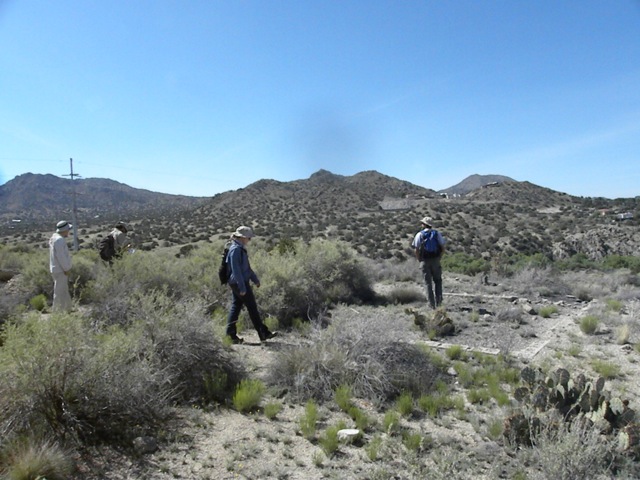
Maybe you have been asking yourself, “Whatever happened to Little Beaver Town?” But probably not. It turns out that most of you have no idea what I’m talking about.
Darn few of you have ever heard of Little Beaver. I bet a few more know the name Red Ryder…but perhaps only because of the Red Ryder Carbine Action 200 Shot BB gun as featured in the movie “A Christmas Story.” I had one. Had to buy it for myself. My parents were afraid I would put my eye out.
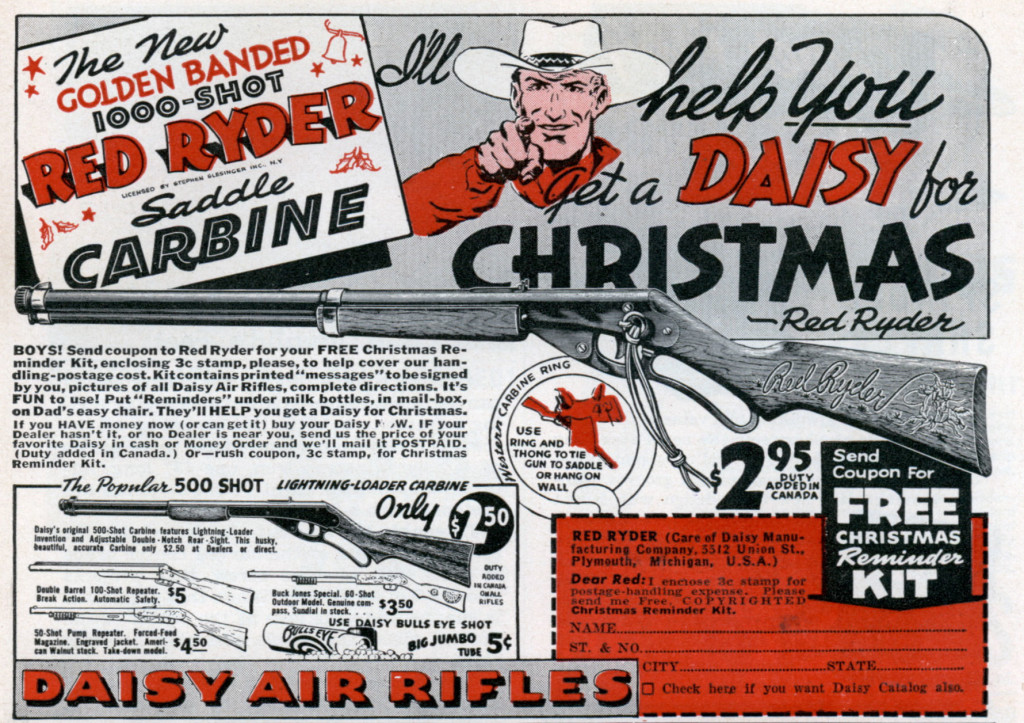
At any rate, back in the mid-1950‘s it was Red Ryder that made the BB gun famous, not the other way around. He was a comic book hero, a red-haired lanky cowboy who hung out with a young Native American boy called Little Beaver. The two of them ranged over the great southwest righting wrongs and fighting evil doers.
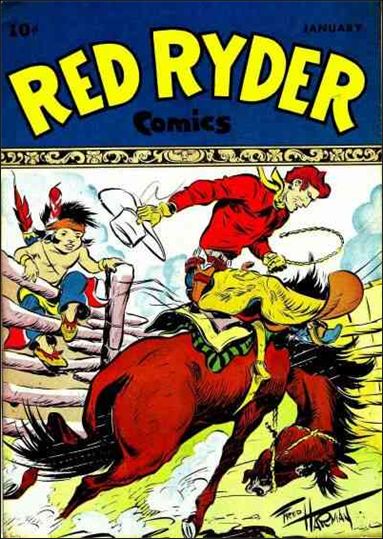
They came to life in 1938 and fought for frontier justice from the drugstore racks of comic books all over America. They were wonderfully drawn with bold strokes and imaginative perspective.
The artist behind the comic book characters was an Albuquerque resident named Fred Harman. In the early 1960’s he started building an amusement park on the eastern edge of town that was based on his fictional heroes Red Ryder and Little Beaver.
Open Space’s Erik Zsemlye says that there is evidence that Little Beaver Town was originally going to primarily depict a Native American village. He has done extensive research on the site using aerial photographs from the 1960’s, old snapshots, period home movies and first person accounts.
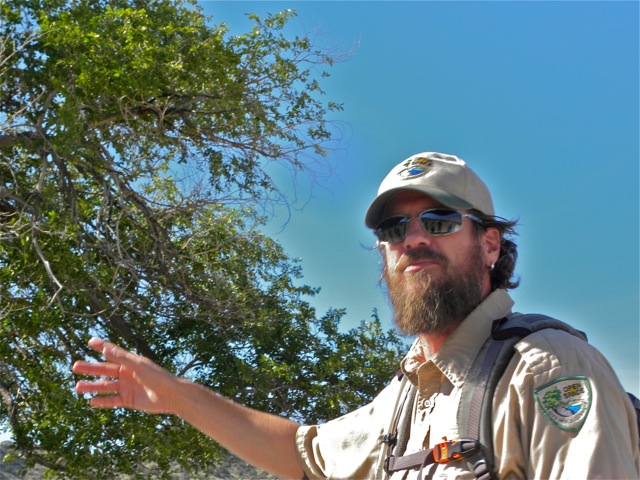
He matched these up with the remains of walls and footings. Using the terrain and surrounding mountains as aids, he could even tell where the cameras were placed to take some of the photos. These spots are marked with numbered stakes in the ground.
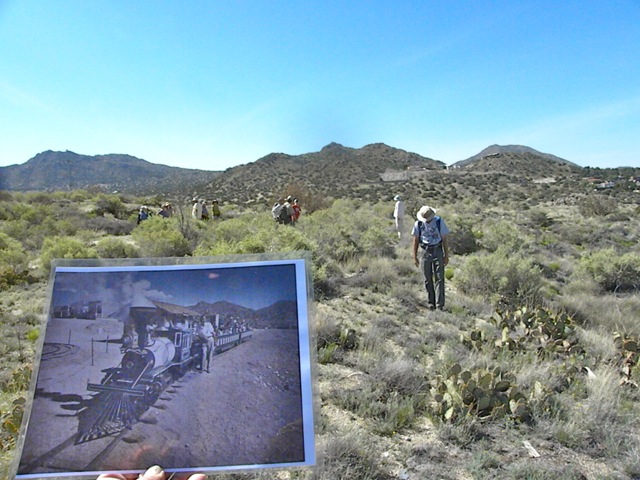
Eventually, one half of the park was devoted to teepees and a pad for Native American dances. The other half was a western town with all the stores and features seen in the movies, such as the Red Bull Saloon, a bank, a two-story hotel, an art gallery featuring Fred Harman and places to buy souvenirs.
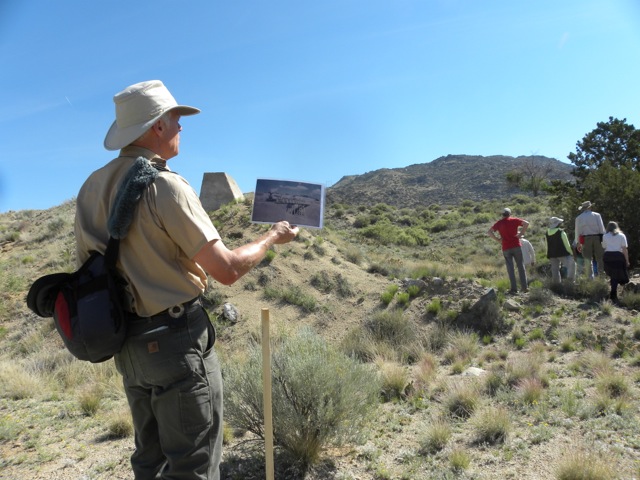
There was a small railroad that ran around the perimeter of the village. The bank got robbed five times a day with gunfights resolving the dirty deeds. Apache eagle dancers gave easterners something they had never seen before. And of course there were pony rides for the kids.
It was hoped that Little Beaver Town would become the next Disneyland. After all, besides the comic books there was a TV show at the time as well as series of Red Ryder and Little Beaver movies.
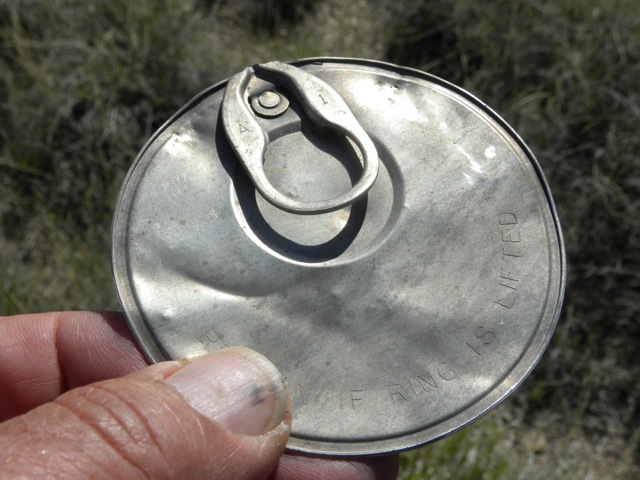
Incidentally, a young Robert Blake played Little Beaver in several of them. Locally, Red Ryder was played by Dave Saunders. Little Beaver was played by a few local actors including Troy Vicenti and Arnold Vigil.
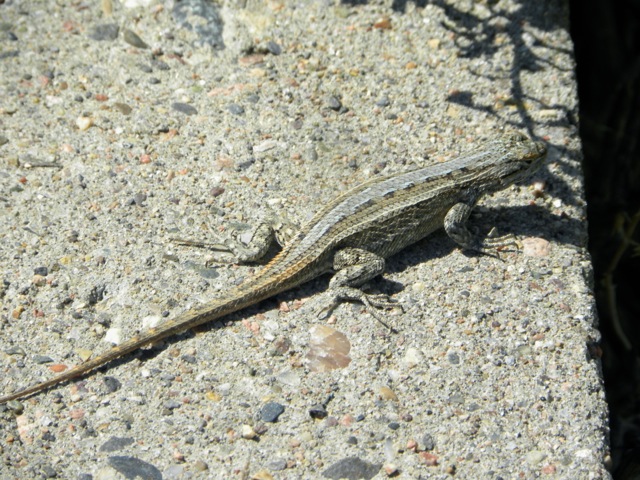
But now, fifty years after these depictions of western exotica, all that is left is “open space” with its remnants of a stylized American way of life…and the memories of a fiction we loved.
